Popular Myths About Hyenas Busted
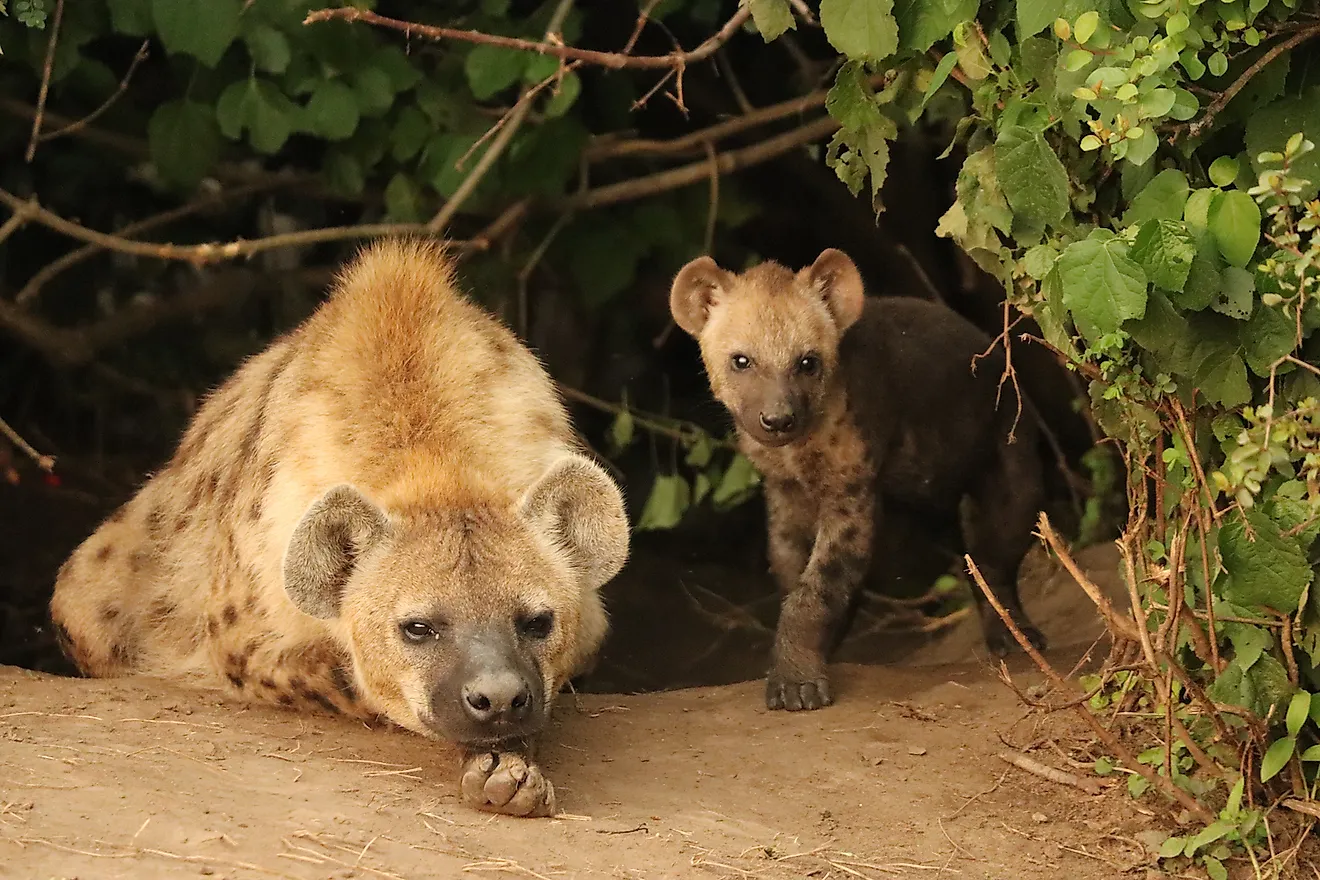
- Hyenas mate with members of other packs.
- There are about 10,000 hyenas in the wild.
- Four or five hyenas could take down a lioness, but it would take 10 to attack a male lion.
They're depicted on screen and stage as cringing, scavenging, laughing, and dim-witted - particularly in The Lion King - but there is more to the hyena than most people realize. The hyena is a complex animal, skilled at hunting, with a strong social structure and high intelligence. They live in large social groups, with packs of up to 130 individuals and territories of up to 620 square miles, but break up into smaller cohorts to fight, hunt, or feed. Hyena packs are matriarchal and live to protect the female-dominated hierarchy.
The animal is difficult to classify due to its biology, which is also to blame for its odd appearance; the hyena looks and hunts like a dog, but is actually part of the mongoose family and therefore fairly close to a cat. There are four species of hyena: the largest and most renowned is the spotted hyena, which resides in east and southern Africa, and also happens to be the most misunderstood; the brown hyena, which is the rarest species and is native to southern Africa; the aardwolf, which is found in east and southern Africa; and striped hyenas, the smallest species, which lives across Asia and northern Africa.
Hyenas are one of the most commonly misunderstood animals, partly due to rumors and stories told in ancient times, which carried through the centuries. These are eight of prevailing myths concerning hyenas.
8. Myth: hyenas are hermaphrodites
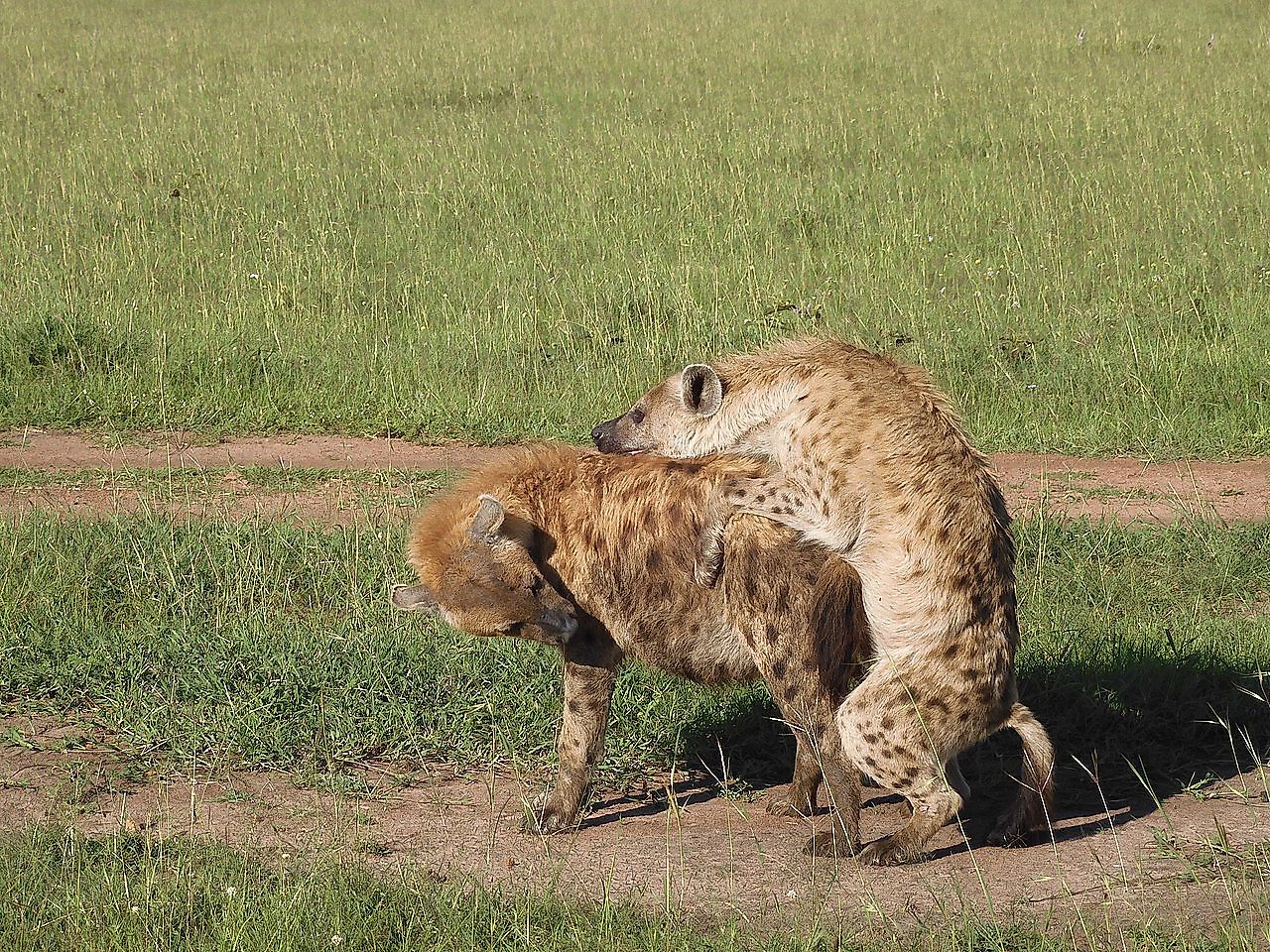
It's easy to see why people believe the hyena is a hermaphrodite; the females of the species are virtually identical to their male counterparts. Some have gone so far as to assert the animal is male one year and female the next, a rumor that predominated early folklore in Africa - but modern science indicates some 65,000 cross-sexual species, and the hyena does not fall into this category.
The main reason for the belief lies in the female hyena's clitoris, which can extend to almost eight inches and even become erect, similar to a male penis. This pseudo-penis is a near-perfect replica of the male version. In addition, the female labia are fused to form a false scrotum filled with tissue swellings that are similar to gonads.
Further, the spotted hyena is the only female mammal known to have no external vaginal opening - the clitoris is used for copulation as well as urination and giving birth. Due to the size of the pseudo-penis, hyena mothers will die during birth in 10% of cases and their cubs' fate is even more dire - the umbilical cord is too short to navigate the entire birth canal and up to 60% of cubs suffocate during birth.
7. Myth: all hyenas are scavengers
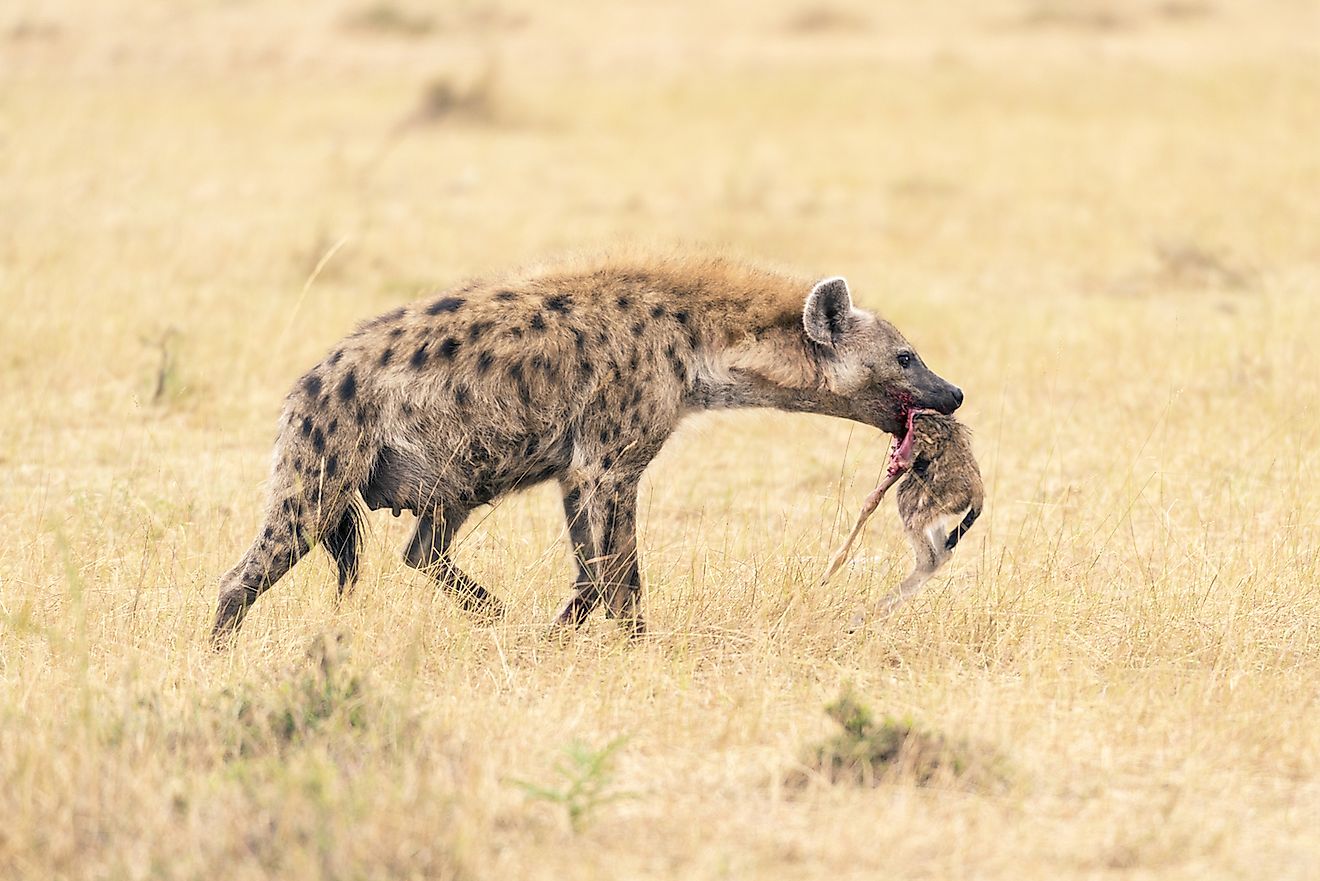
Hyenas will scavenge for food at the opportunity, and the brown and striped varieties tend to feast primarily on carrion, but studies have proven the spotted hyenas are actually skilled hunters. They kill 95% of the food they eat in hunting parties capable of downing aggressive, much larger animals, like water buffalo and can devour an entire animals, like a zebra, within half an hour without any leftovers remaining. Without the pack, hyenas are still impressive hunters with unique strategies, like locking onto the victim's testicles until it bleeds out.
Due to their skill at the hunt, lions have been found to steal more food from hyenas than vice versa, despite rumors the hyena is a scavenger. Contrarily, the hyena has proven itself to be an opportunistic eater, and it will take down its own prey or feast on another animal's handiwork, whichever is more convenient or reliable at the time.
6. Myth: hyenas are cowards
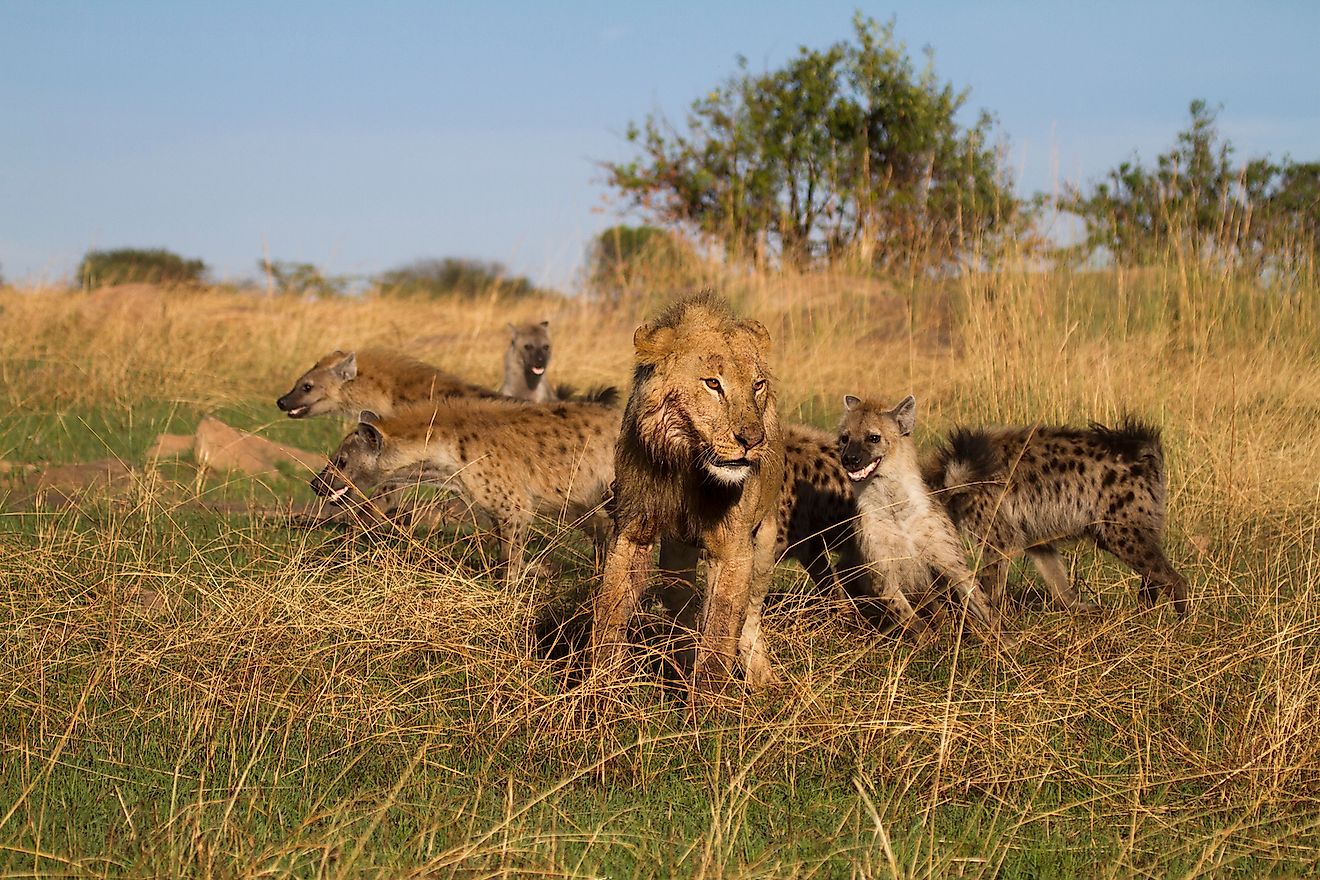
The notion of hyenas as cowards began centuries ago and has persisted through the ages, primarily due to the nature of their hunt. Hyenas tend to base their strategy on endurance, and will often test their prey to determine how much strength remains before a full-on attack, a practice that could be miscontrued as timidity. Truthfully, the hyena plays the long game, avoiding injury from its prey fighting back by waiting until it has worn itself out.
Initial stories of the hyena's lack of courage stemmed from Aristotle, who put forward a theory that bravery could be predicted by the size of an animal's heart. In doing so, he categorized the hyena with rabbits, deer, and mice, and other seemingly timid creatures.
The bold courage of the hyena can also be seen in its ongoing fierce competition with lions on the savanna. Lions and hyenas often fight over both territory and food, and in doing so will not only steal kills but also kill their enemy's young.
5. Myth: hyenas lack intelligence
They're often depicted as dim-witted creatures, primarily due to their drooling grin and loping gait, but hyenas are as smart as they are strong. Studies have shown the animals are capable of problem-solving to open puzzle boxes and experiment with different means of achieving a goal, which suggests they can be pragmatic and innovative.
Hyenas are also capable of a rudimentary counting, as some researchers have noted they will only respond with aggression if they outnumber the opposition. They can also recall the voices and status of each of the 130-odd members of a pack, which helps to navigate the strict social hierarchy in which they live.
4. Myth: the hyena laughs uncontrollably
Despite being known for its infamous laugh, it's not something every species does - only the spotted hyena actually makes the distinctive sound. The so-called laughing sound tends to erupt when the hyenas are fighting for food with one another or with other animals. Studies of hyena packs have shown the hysterical laughter is an indication of frustration and a cry for help.
The laugh can also indicate a hyena's age and social status. Pitches made by subordinate hyenas are varied and higher in pitch, whereas dominant members of the pack put out lower tones.
But it's not actually a laugh - this is merely a perception of humans, who personify the non-human actions of the hyena based on their own emotions and experiences. Hyenas actually have a range of voices like deep groans.
3. Myth: hyenas are grave-robbers
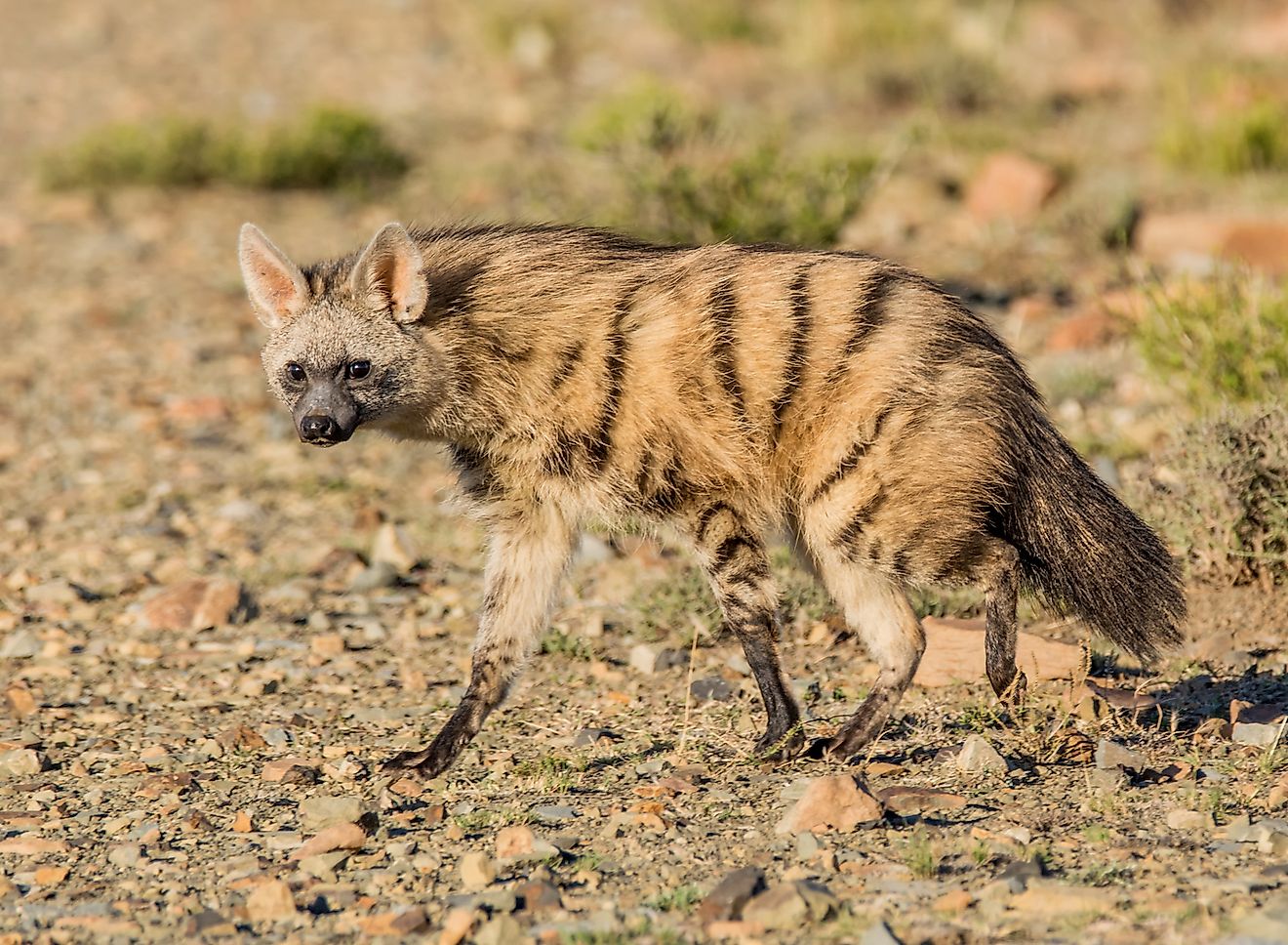
It's a common misconception, set forward in the Middle Ages when it was believed hyenas prowled the earth to dig up and consume buried bodies of the dead. Pliny the Elder, who lived from 23 to 79 A.D., wrote Natural History, mentioning hyenas as the only animals to dig up graves. In the 16th century, Conrad Gesner added to the rumor, stating the animals would gorge on dead bodies to the point their bellies would swell and become as taut as a drum.
These ancient myths have been disputed by scholars and biologists in the last century, who have noted the hyenas will scavenge when given the opportunity but that they do not seek out buried bodies.
2. Myth: hyenas are weak
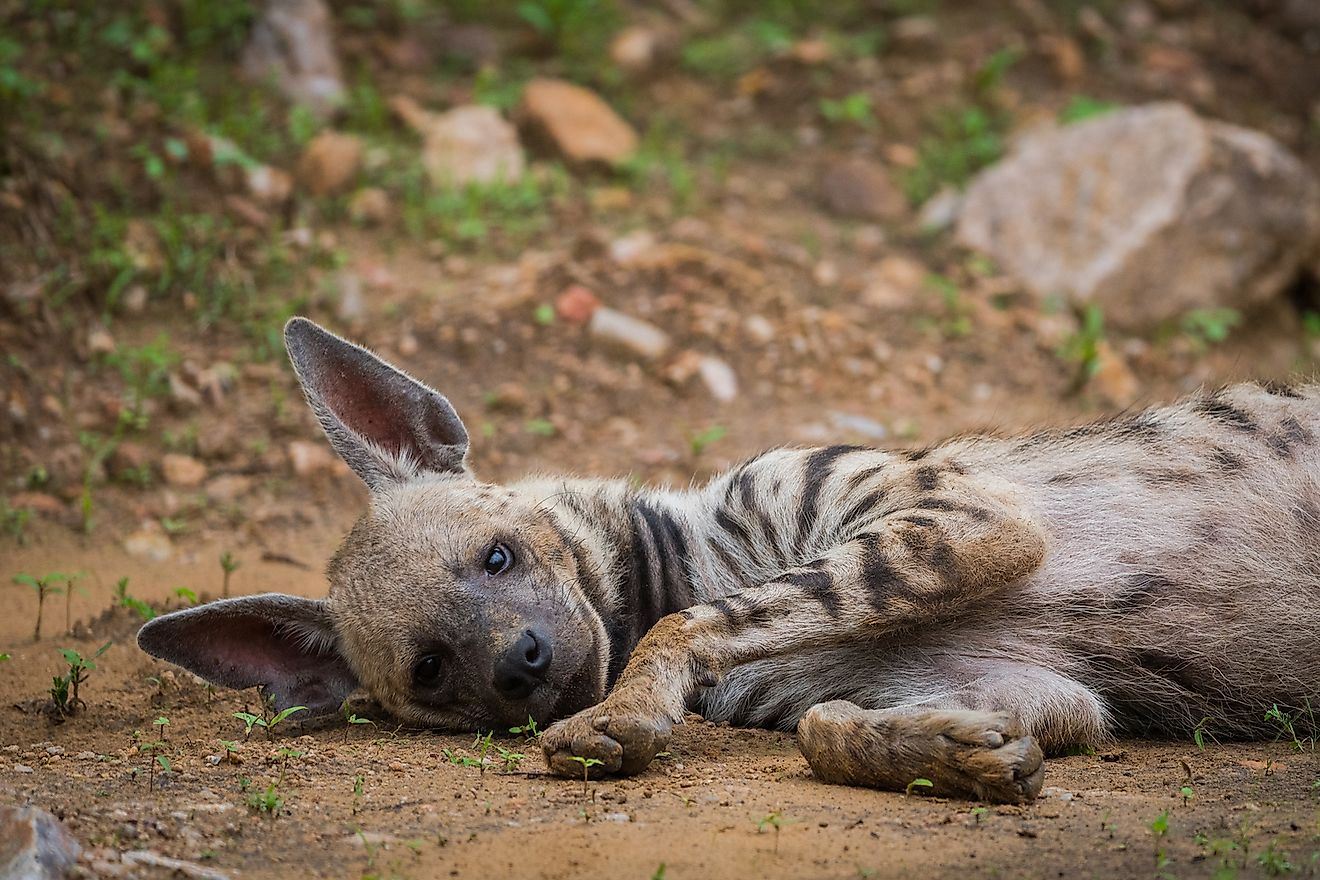
Contrary to popular belief, hyenas are some of the strongest animals on the savannah. Their strong jaws and teeth can take out prey in swift order and while their shabby appearance and awkward gait make them appear slow, while on the hunt the hyena uses its body to its advantage.
Brown hyenas are known to walk an average of 15 miles per night in search of food, and they have their odd body type to thank for that endurance. The animals' stubby hing legs increase their energy efficiency, though they add to the distinctive lope, and their large, strong lungs and hearts allow them to take in more oxygen.
This strength and endurance allows the hyena to stock a prey relentlessly, and gives them the fortitude needed to take on lions when the two species clash in the wild.
1. Myth: hyenas are hybrids
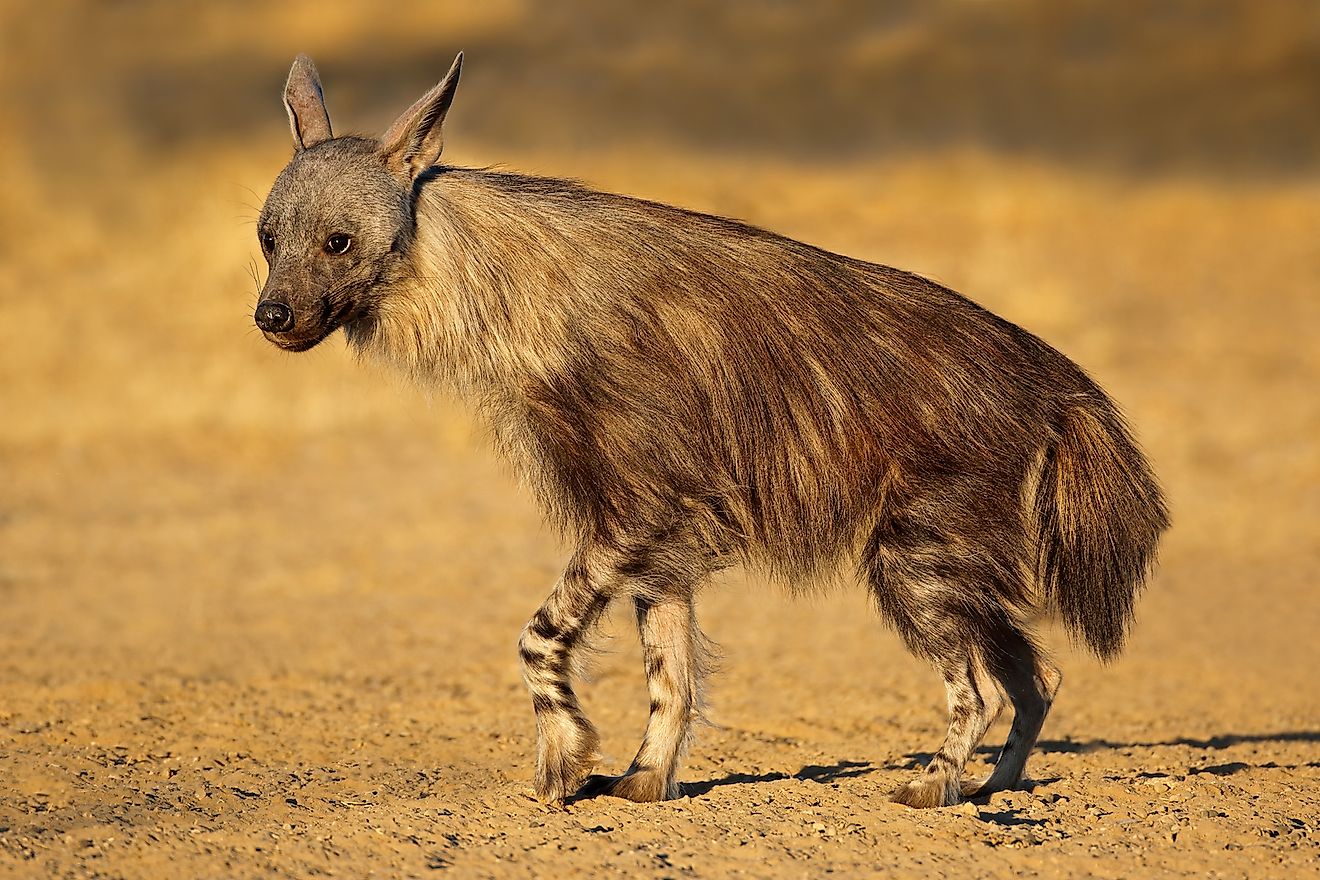
For centuries, the hyena has been regarded as a hybrid animal - a cross between canine and feline. Sir Walter Raleigh went so far as to exclude hyenas from Noah's ark in his 1614 History of the World, because he believed God had saved only pure-bred animals during the flood and that the hyena was born of the unnatural union of dog and cat.
However, the four species of hyena form their own order, the family Hyaenidae. Their closest relative is the viverrid family, such as weasels.











